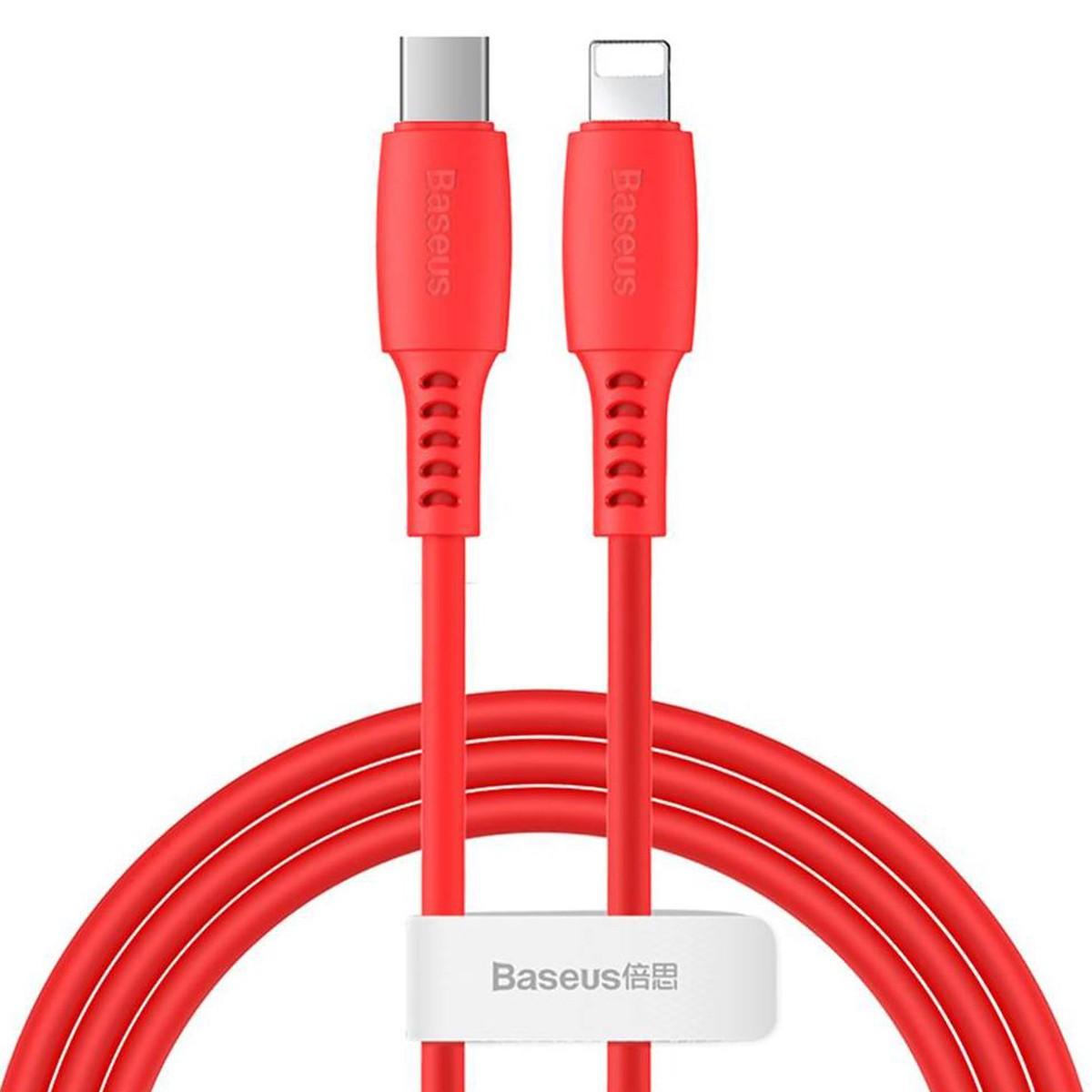


The high amounts of bandwidth on tap for Thunderbolt 3 has also enables some pretty unique uses, such as the ability to connect an external GPU or chain two 4K displays to a single port!īoth USB-C and Thunderbolt 3 have their place in the computing ecosystem and as long as you plug the right goodies into the right ports, you’ll be pretty happy with how well they both work either way. Most Thunderbolt 3 gadgets have a pass through for daisy chaining.

This is why having only one or two Thunderbolt 3 ports isn’t actually a problem, as long as you stick to Thunderbolt 3 devices. So if you connect the first Thunderbolt 3 device to your computer, you’ll then want to connect the next device to that first device. USB also uses a hub architecture, where Thunderbolt uses daisy-chaining. That’s four times faster than the current USB-C standard. The theoretical maximum speed of Thunderbolt 3 is 40 Gbps. Why have these two standards at all? Under the hood, there are major differences between them. Just check the device’s documentation to make sure it will work with both.

There are devices that work with both Thunderbolt 3 and USB-C, simply running on the slower USB protocol if needed. Plugging a Thunderbolt 3 device into a non-Thunderbolt USB-C port will result in exactly nothing in many cases. Thunderbolt 3 ports have extra hardware that doesn’t exist in standard USB-C. All USB-C is not Thunderbolt 3 compatible! So if you’re wondering if your USB-C device will work, rest assured that, generally, the answer is yes.Īll Thunderbolt 3 cables also work as plain old USB-C cables, however not all USB-C cables are Thunderbolt 3 enabled! A Thunderbolt 3 device will not work with a cable that only supports the USB protocol. All Thunderbolt 3 is USB-C compatibleĪny Thunderbolt 3 port will also work as a normal USB-C port. USB-C uses the USB 3.1 protocol and, as the name suggests, Thunderbolt 3 uses the Thunderbolt protocol. The key difference between USB-C and Thunderbolt 3 is that they use different languages to send information from one device to another. The most important fact to grasp is that there is a difference between a physical connector and the communication standard of the signals running over that cable.


 0 kommentar(er)
0 kommentar(er)
